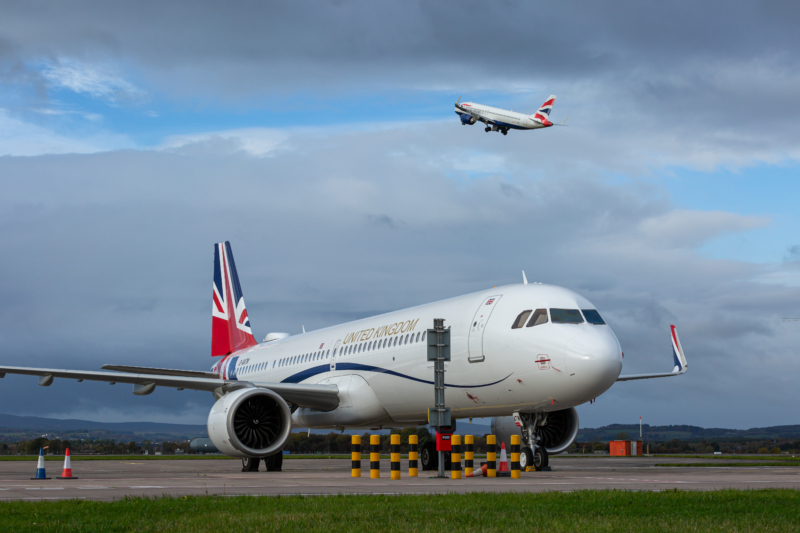COP26: Planning for history
30 November 2021The 26th UN Climate Change Conference of the Parties (COP26) came to a close earlier this month, having run for two weeks in Glasgow. And there’s no doubt that it was a pivotal moment in history and perhaps the world’s “best last chance to get climate change under control”.
When such a momentous event takes place, it involves thousands of people from all over the world, the likes of which we haven’t seen since the London 2012 Olympic Games. And while you may have wondered why the event didn’t happen remotely, time-zone and technology challenges would have made it almost impossible for progress – and decisions – to be made.
As the UK prepared to host the event in Glasgow, months of logistical planning from our side was coming together as our air traffic controllers geared up for what was a busy few weeks, especially in Scottish airspace and at Scottish airports. In fact, Glasgow Airport recorded its busiest day since before the pandemic on 2 November, with 248 movements.
Planning started back in April, with my team working alongside colleagues from across the business. Over the following months, we refined and focused our planning, sharing information from and with a variety of sources including Eurocontrol, the DfT, Police Scotland, airlines, airports… as well as within NATS itself. This information was then assessed, distilled and shared with our operational colleagues to ensure that everyone knew which agency was responsible for which part of this massive logistical exercise.
It was an extraordinarily complex proposition as across the two weeks, the Government expected a high number of priority VIP flights, business jet flights and helicopter flights, the details of which were not made available to us until the last minute. So, we had to plan without a complete picture of demand, right up until the 11th hour.
As many participants planned to fly in, alongside the ‘normal’ commercial traffic (many of them at the same time), a lot of in-depth preparation behind the scenes was needed to ensure we could continue to deliver a safe and efficient air traffic service.
For COP26, there was an area of temporary restricted airspace around Glasgow, with associated operational procedures. As we expected increased demand and complexity for controllers to deal with, we bolstered staffing at Glasgow Airport and at our Prestwick Control Centre, which manages the airspace sectors most impacted by the additional traffic.
As the event air traffic into Scotland began to arrive, our Network Operations planning team hosted online catch ups with operational colleagues to review the predicted weather, demand and capacity, staffing and feedback from the current day’s operation. This enabled us to address any known issues in advance. Throughout, the Flow Management Position (FMP) at our Swanwick Control Centre tactically monitored demand versus capacity and took appropriate actions as required; there was also an Airspace Capacity Management Specialist based at Glasgow Airport to support the airport team and co-ordinate any issues directly with FMP.
Everyone involved is very proud to have played their part in making this event happen and I’m sure it’s something we’ll all remember for some time to come. History in the making.
All photos courtesy of Andy Hoare, Operational ATCO at Glasgow Airport
Operations Director at Glasgow Airport:
“Chris [Chris Myers, NATS GM, Glasgow air traffic control tower], you and your team have been outstanding throughout the planning and execution. Working through the operational procedures, scenario planning and most importantly on the day delivery was faultless. Thank you very much for leading the ATC and Airspace work stream for us, your leadership in this area secured a great result.”
Source: LinkedIn
Comments
Please respect our commenting policy and guidelines when posting on this website.














